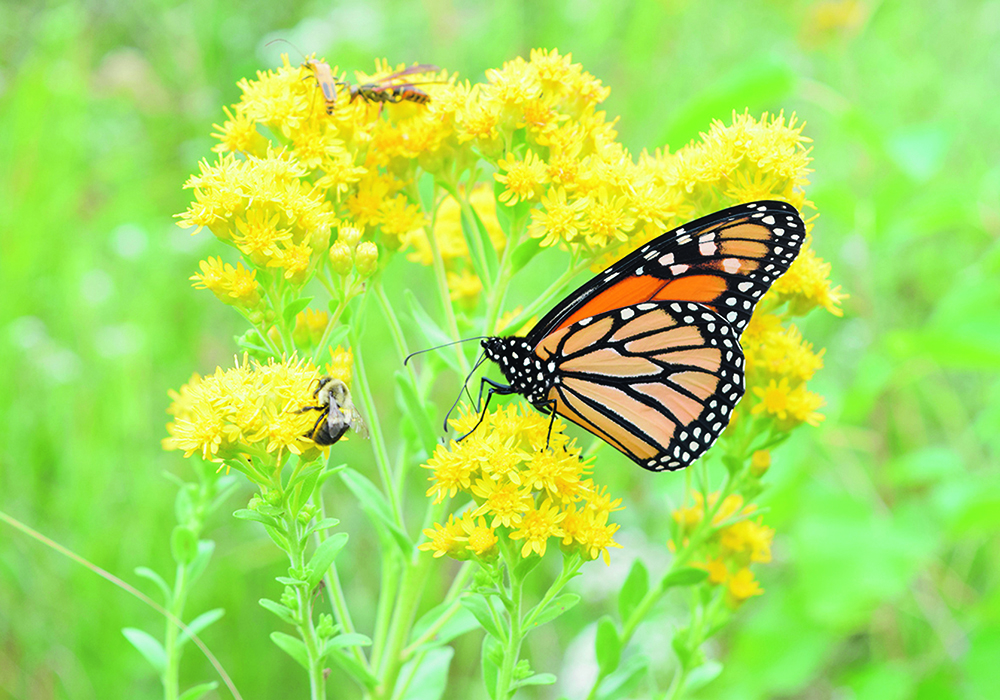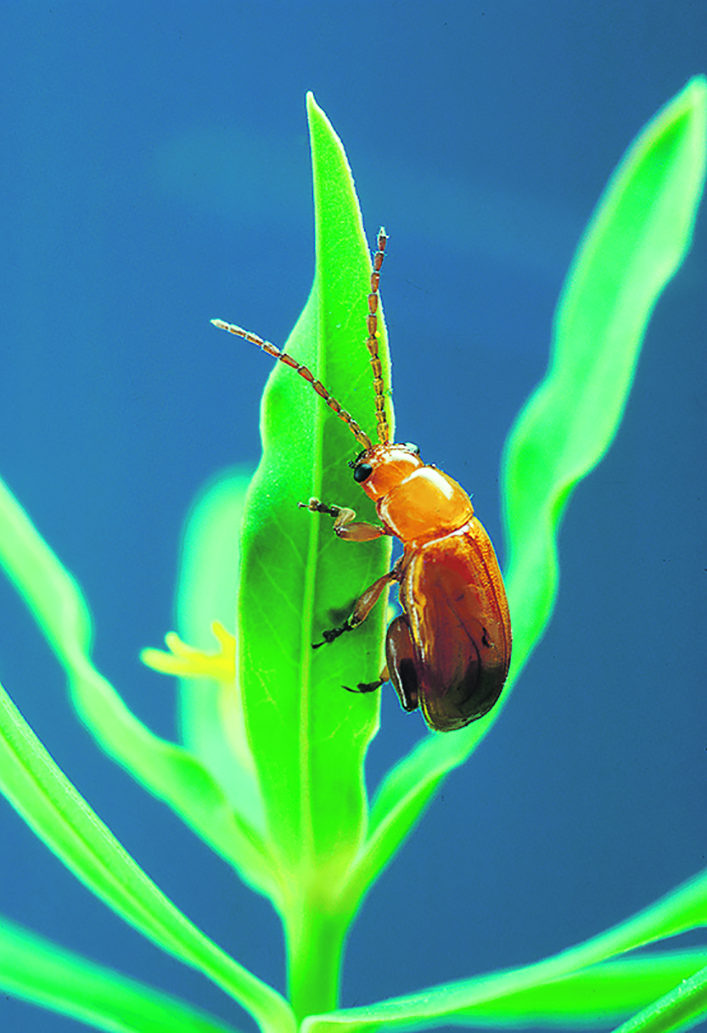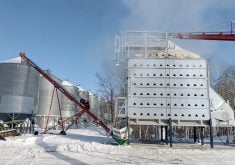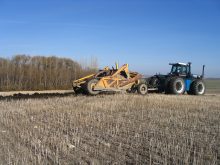Some insects are fussy eaters and it’s a weakness farmers and ranchers can exploit to control noxious weeds.
One of the best-known examples of this plant-insect relationship is the monarch butterfly, whose larvae feed exclusively on milkweed.
“The monarch butterfly is a good example of something that would make a really good biocontrol agent, should our milkweeds get introduced somewhere else,” said Clark Brenzil, provincial weed control specialist with the Saskatchewan Ministry of Agriculture.
Milkweed isn’t generally a problem on the Prairies and, in fact, gardeners have taken up growing it to help the butterflies. But mention leafy spurge, scentless chamomile, or field bindweed on coffee row and watch the mood darken.
Read Also
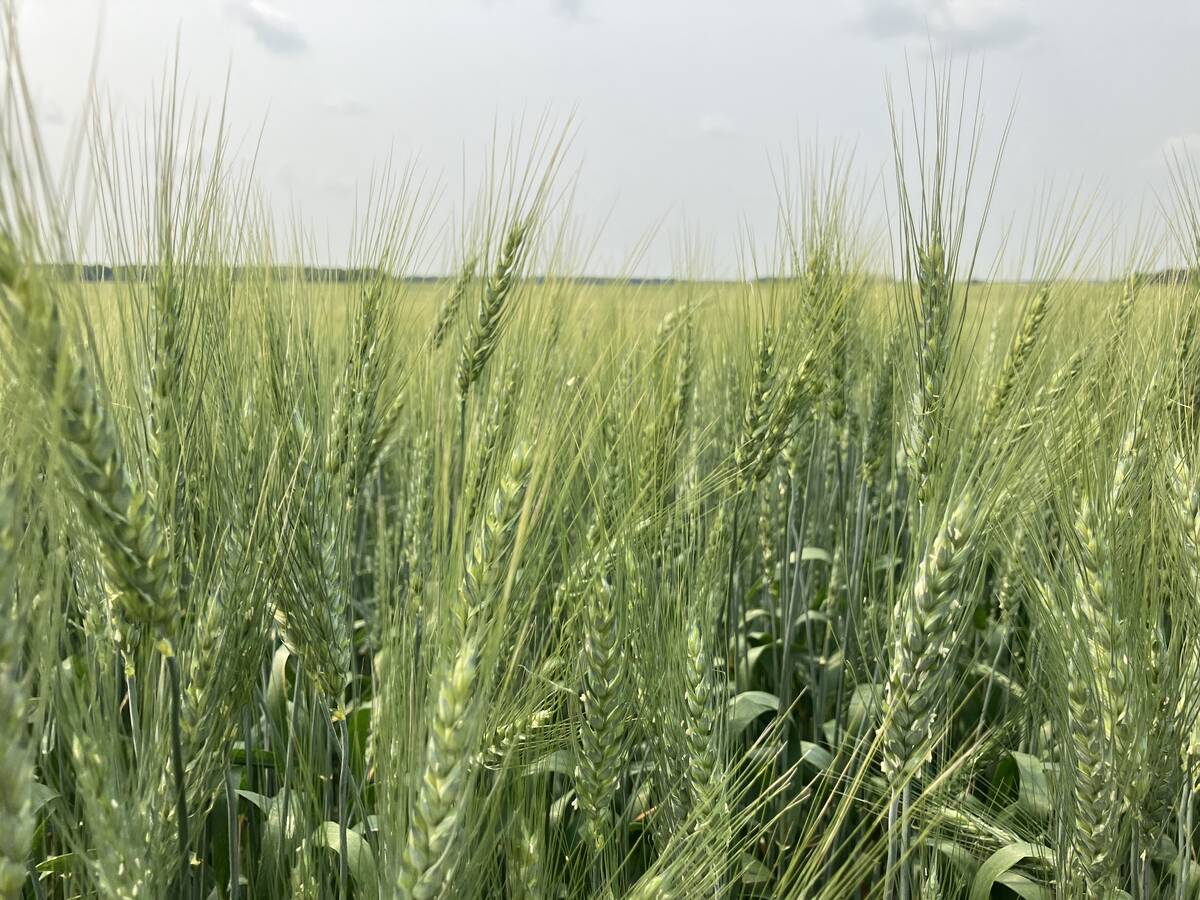
Sorting out the noise on fertilizer biologicals and biostimulants
Biologcials and biostimulants are gaining traction, but experts say Prairie grain growers still need to ask hard questions and look for data that backs up companies’ claims.
Fortunately, there are insects that have exclusive tastes for these and other weeds. Leafy spurge, for example, is the preferred banquet for five species of Aphthona flea beetles (unrelated to the canola pest).
According to the Manitoba Agriculture and Resource Development website, leafy spurge is thought to have been accidentally introduced from eastern Europe to the Prairies by early settlers. With no natural predators, it spread rapidly. While goats and sheep can graze it (and indeed are put forward an integrated pest management option), cattle generally avoid it.
Brenzil said great care is taken to ensure any introduced insect feeds exclusively on the target weed and nothing else. A technical advisory group with representatives from Canada, the United States, and Mexico must sign off on any biocontrol agent before it’s approved for release in North America.
“A lot of people get really concerned that if we’re introducing this insect from overseas. ‘Is it going to eat my garden, is it going to eat my crops?’ And the answer to that is ‘no,’” he said. “They have to be very, very specific to their target weed and if that weed goes away, the bug goes away.”
Biocontrols have several advantages over alternatives. Herbicides are an option, but they are costly and can be ineffective against certain weeds or impractical in areas such as grassland pastures.
Biocontrol will spread over time. For example, Aphthona beetle larvae overwinter near leafy spurge roots, emerging in the spring to feed again, thus providing year-over-year control. Brenzil said “they’re kind of lazy” and tend to stay put as long as there’s food, so producers can help them spread using the same sweep nets used for assessing pest insects in crops.
“What you would do is go along the edge of that boundary of where the bugs are and where they’re not, and that’s where you’re going to find the most insects,” he said. “You sweep along that with a sweep net… then just move over to the next area, maybe move away half a kilometre, and drop them.”
Biocontrols are sometimes the only hope in areas where weeds have extensively spread.
“You’re looking at introducing these things on weeds that have taken over large areas,” Brenzil said. “A good example is some of the federal pastures that will have 10,000 acres worth of leafy spurge.”
The good news is the insects can knock back the weeds to the point where other plants can successfully compete and produce good cattle forage.
In annual crops, biocontrols are more useful in organic systems where pesticide sprays are minimal or not used, but they can be effective in conventional systems if the biocontrols have a refuge.
“The biocontrols for houndstongue and scentless chamomile are very good at getting around,” Brenzil said.
Hedgerows, shelterbelts, fence lines, stone piles — anywhere there is a reservoir of weeds, their accompanying insects will survive and follow their host plants out to the field as they spread.
Biocontrols are available for a range of other weeds, including cleavers, purple loosestrife, Dalmatian toadflax, knapweed, and nodding thistle. Brenzil said an insect to pair with yellow toadflax is currently being released.
Producers can get specific information on biocontrols through provincial agencies. The Saskatchewan Association of Rural Municipalities provides the services of a plant health officer for each of its six districts, while the Alberta Invasive Species Council co-ordinates biocontrol efforts in that province.
Further east, Manitoba Agriculture and Resource Development and municipal weed supervisors provide expertise.

